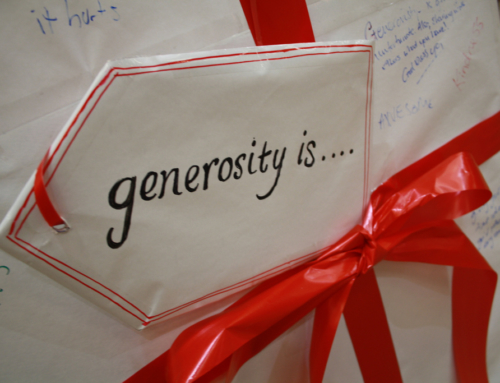February 20, 2013
By Phil Maynard
Chip and Dan Heath, in this very excellent book about leading change, provide amazing insights into how to connect with both our rational and emotional processes to accomplish change.
In the first part of the book, the authors introduce the psychology of change using an analogy developed by psychologist Jonathon Haidt in the book The Happiness Hypothesis. He call our emotional side an Elephant and our rational side the Rider. It seems logical that the Rider would be the one to lead in changing some behavior but in reality the Rider is so small relative to the Elephant that this control is precarious. When there is a disagreement about the direction to go, the Elephant is going to win.
If change is going to happen, one must appeal to both the Rider and the Elephant. The Rider provides the direction and planning. The Elephant provides the energy. To reach the Rider alone gives understanding without motivation. To reach the Elephant alone gives passion without direction. When they move together, change happens easily.
Dan and Chip Heath identify a basic three-part framework to guide change in any situation:
- Direct the Rider: provide crystal clear direction
- Motivate the Elephant: engage people’s emotions
- Shape the Path: look closely at the environment
They look at each of these three parts of the framework using a amazing array of stories to help us see how they work.
Direct the Rider
- Find the bright spots: Ask the question “What’s working, and how can we do more of it?”
This seems simple but it is actually the opposite of the way we tend to approach things in our problem solving mindset (“What’s broken, and how do we fix it?”)
- Script the Critical Moves: any successful change requires the movement from ambiguous goals to concrete behaviors. One of the keys for this is to limit the options. Too many options create decision paralysis. The important thing is to give clear steps and choices.
- Point to the Destination: Set goals that connect with emotions. This means that a clear picture of a possible near-term future is identified. This is different than our typical SMART goals that work better in situations not involving change.
Motivate the Elephant
- Find the Feeling: Kotter and Cohen (in The Heart of Change) suggest that most people think change happens in the order of ANALYSE-THINK-CHANGE. Yet in big change situations the sequence is really SEE-FEEL-CHANGE.
- Shrink the Change: To motivate action, people need to feel as if they are closer to the finish line than previously thought. Create short-term wins that are meaningful and within reach. Small targets lead to small victories and small victories often trigger a spiral of positive behavior.
- Grow Your People: There are two models for decision-making, 1) consequence model and the 2) identity model. The consequence model assumes that we weigh the costs and benefits of our options and choose what we think is best. The identity model asks the questions Who am I? What kind of situation is this? What would someone like me do in this situation?
People with a growth mindset will persevere even when things get tough.
Shape the Path
- Tweak the environment: We have a tendency to attribute people’s behavior to the way they are rather than the situation they are in. Tweaking the environment is about changing the situation. For example, Brian Wansink has a devoted following of dieters who swear by his tweaking of the environment – shrink your dinnerware. By using smaller dinnerware we tend to eat less.
- Build Habits: In addition to environmental changes (tweak the environment) the authors suggest ‘action triggers’. These are pre-determined actions that motivate people to do what they know they need to do.
Finally, the authors remind us of the power of the herd. People tend to take clues on how to behave from other people. One way to guide this is to publicize examples of the kind of behavior you are looking for. Another way is to get like-minded people together.







Leave A Comment